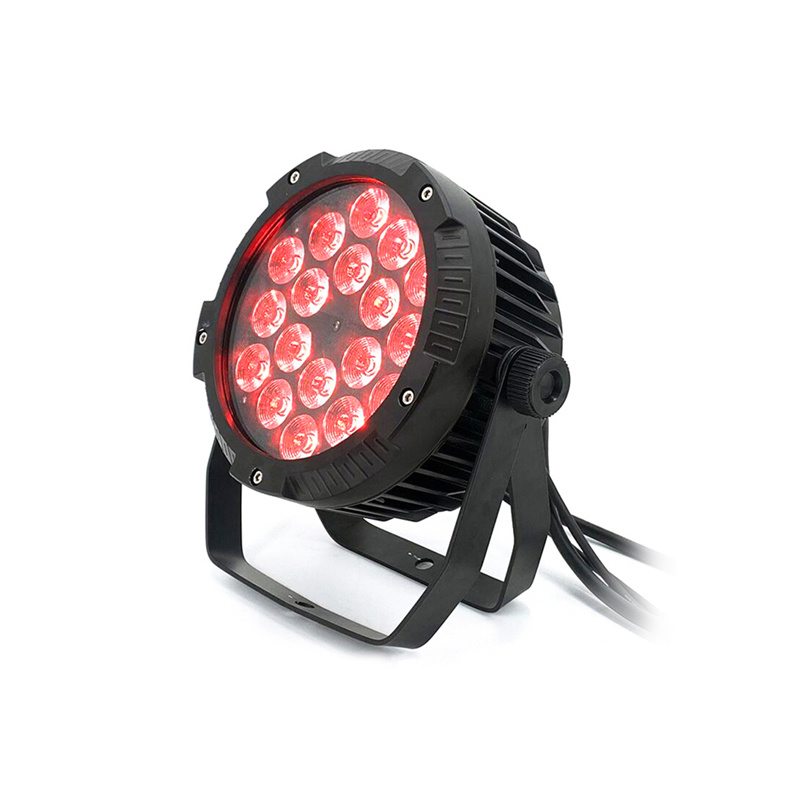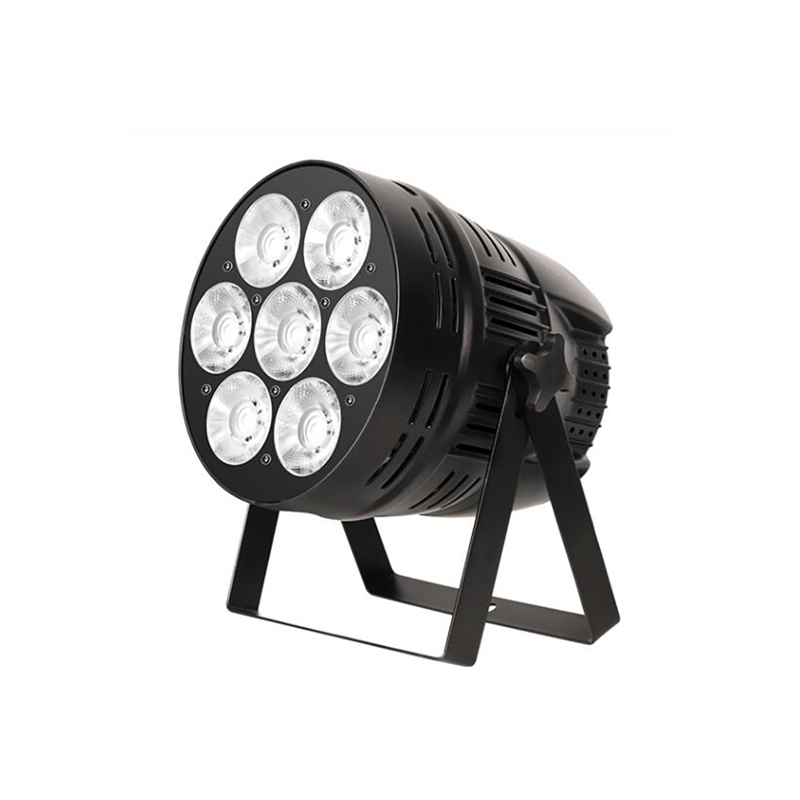Stage Par Light Guide: Choose the Best for Your Event
Classification:
summary description]
If you’ve ever organized a concert, wedding, or even a small club show, you know how important lighting can be. Among all the options available, the stage par light is one of the most common choices. But here’s the challenge: with so many models out there, how do you know which one fits your event? Let’s break it down step by step, from the questions most buyers ask to the practical things you should look for.
What Exactly Is a Stage Par Light?
A stage par light—sometimes called a PAR can—is a compact but powerful lighting fixture. Its job is simple: deliver a strong beam of light that can be shaped, colored, and controlled to fit the mood of the performance.
These lights show up everywhere. You’ll see them in concerts, in clubs, in theater productions, and even at weddings. The reason? They’re versatile. Today’s models are mostly LED par lights, which means they last longer, stay cooler, and use less energy than older halogen versions.
The Problems Buyers Often Run Into
People looking for par lights usually face the same set of headaches:
- How bright is bright enough? A small indoor stage might be fine with a 54x3W LED par, but if you’re lighting up a large venue or outdoor space, you’ll need more powerful fixtures.
- Color accuracy. Some lights don’t blend colors well, leaving harsh transitions. Higher-quality RGBW units offer smoother mixing and a richer palette.
- Control options. Many first-time buyers aren’t sure what “DMX” means. If you want synchronized effects and professional-level control, DMX compatibility is a must.
- Portability vs. permanence. Event organizers often need lightweight, portable lights, while fixed installations benefit from heavier, more durable housings.
- Budget vs. quality. Going for the cheapest option may feel smart at first, but low-end models usually burn out faster or give uneven brightness.
How to Pick the Right Stage Par Light
Here’s a simple checklist:
- Define your purpose. A wedding party won’t need the same setup as a touring concert.
- Match power to venue size. Small rooms don’t need high-wattage beams, but larger spaces do.
- Choose RGBW or RGBA LEDs. The extra color channels create more realistic shades.
- Check control features. Sound-activated lights are fun, but DMX opens up endless possibilities.
- Look at the build quality. Aluminum housings dissipate heat better and last longer than plastic.
- Think about the environment. If it’s outdoors, waterproofing is non-negotiable.
Why They're Worth It
Stage par lights aren’t just about visibility. They add atmosphere. They highlight performers. They transform a plain stage into a showpiece. A good par light can make a small performance feel polished, while a bad one can ruin the mood instantly. And with LED technology, you’ll also save on electricity and maintenance costs.
Final Thoughts
When you’re searching for stage par lights, the key is to balance practicality with creativity. Ask yourself what effect you want to create and what your venue demands. Then, choose a fixture that delivers both reliability and the visual impact your event deserves.
More Cases



